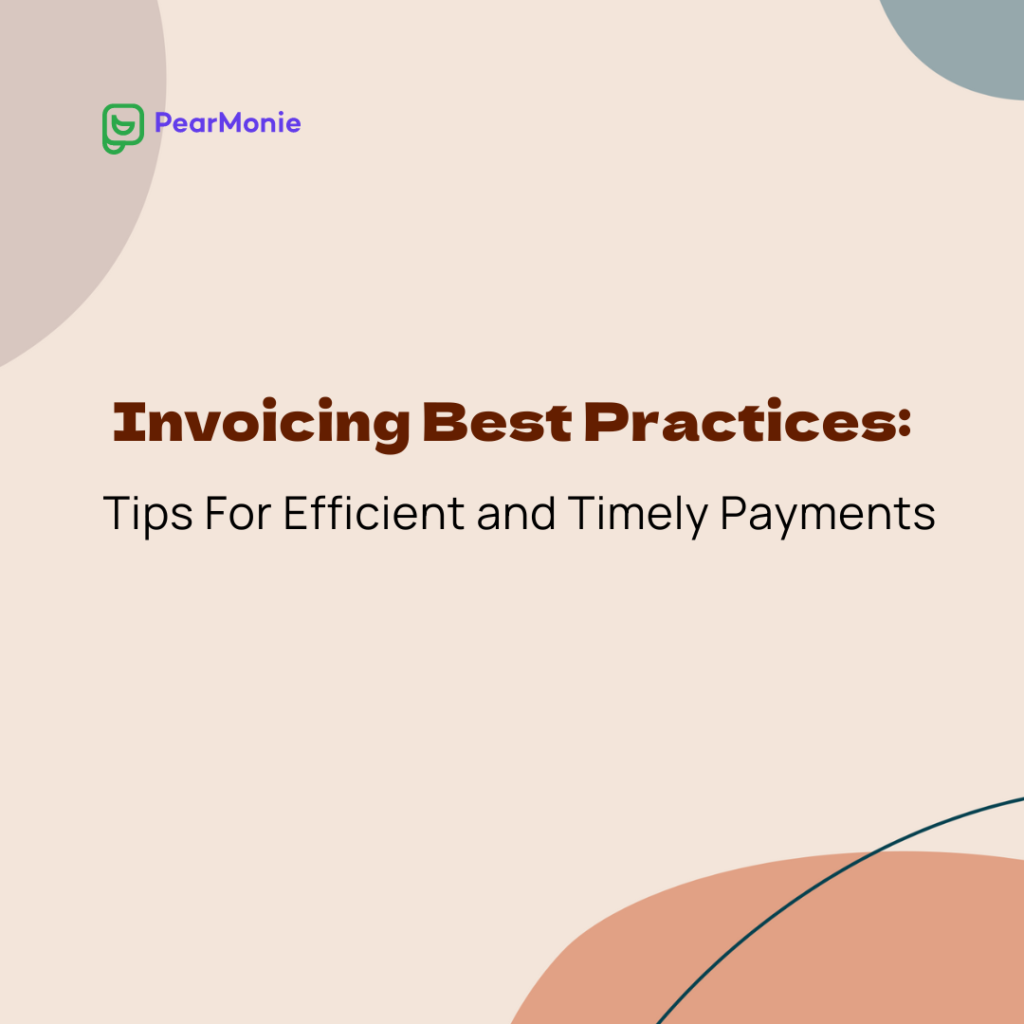Best invoice practices for SMEs, it’s really important to get paid on time and manage their finances well. That’s where invoicing comes in. Invoicing is the process of sending bills to customers for the products or services they’ve purchased. It’s like asking them to pay for what they owe you. In this blog post, we’ll talk about some useful tips that can help business owners send their invoices more effectively and get paid faster. These tips will make the whole payment process smoother and save time and effort. So, let’s get started and learn how to make invoicing easier and more efficient!
Clear and Concise Invoices
When you create an invoice, it’s important to follow this invoice practices to make it simple and easy to understand. A clear and concise invoice includes all the important details that both you and your customer need to know. It should have your business name, contact information, and the customer’s information. Each invoice should also have a unique number to keep track of them. It’s important to include the payment due date so that your customer knows when they need to pay you. And don’t forget to break down what they’re paying for, whether it’s for specific products or services. Use language that is easy for your customer to understand and avoid using complicated words or terms that might confuse them. The goal is to make it as clear as possible so that your customer knows exactly what they’re being charged for and when they need to pay you.
Set Clear Payment Terms
When it comes to getting paid for your products or services, it’s important to let your customers know what your payment terms are. This means being clear about how and when you expect to be paid. You should explain to them what types of payment methods you accept, such as cash, credit cards, or bank transfers. It’s also a good idea to let them know the currency you prefer to be paid in, like dollars or euros.
In addition, you should set a due date for when you expect to receive the payment. This way, your customers will know exactly when they need to pay you by. It’s important to be clear about this so there’s no confusion or delays in getting your money.
If you have any special offers or conditions related to payments, like offering a discount for early payments or charging late fees for overdue payments, make sure to explain these on your invoices. This way, your customers will understand any incentives or consequences associated with paying on time or late.
Professional Appearance
When you send an invoice to your customers, it’s important to make it look professional. This means using a clean and well-designed template that looks nice and organized. You can include your company logo and branding elements to make it more personalized.
Having a professional-looking invoice helps your customers trust you and see your business in a positive light. It shows them that you take your work seriously and pay attention to the details.
Make sure that the font size and colors you use are easy to read. You don’t want your customers to struggle to understand what’s written on the invoice. The layout should be neat and organized, with all the important information clearly visible.
By creating professional-looking invoices, you’re making a good impression on your customers and showing them that you run a reputable business. It helps build trust and confidence, and it makes it more likely that your customers will pay you on time.
Timely Invoicing
Timely invoicing means sending out your invoices promptly after you have provided goods or services to your customers. The sooner you send the invoice, the sooner you can expect to receive payment for your work.
It’s important to avoid delaying the invoicing process because if you wait too long, your clients might also delay making the payment. By sending the invoice promptly, you remind your customers that they owe you money and encourage them to pay you sooner.
Accurate and Detailed Descriptions
When you create an invoice, it’s important to describe the things you provided to your customers in detail. You should clearly state what goods or services you gave them, and include important information like the quantity, the price for each item, and any additional charges like taxes or discounts.
Being accurate and detailed in your invoicing is important for a few reasons. First, it helps avoid any disagreements or arguments with your customers about what was actually provided and how much they should pay. When everything is clearly described, there’s less room for confusion or misunderstandings.
Secondly, accuracy and transparency build trust with your clients. When they see that you are clear and honest in your invoicing, they will feel more confident in paying you and continuing to do business with you. It shows that you value their trust and want to be fair in your transactions.
Follow-Up and Communication
When it comes to getting paid for your work, it’s important to stay in touch with your clients and keep them informed about the status of their invoices. This means maintaining open lines of communication with them.
One way to do this is by sending friendly reminders to your clients when their payments are due or close to the due date. These reminders serve as a polite nudge to remind them to make the payment. By doing so, you’re showing that you value their business and want to make sure everything is taken care of.
